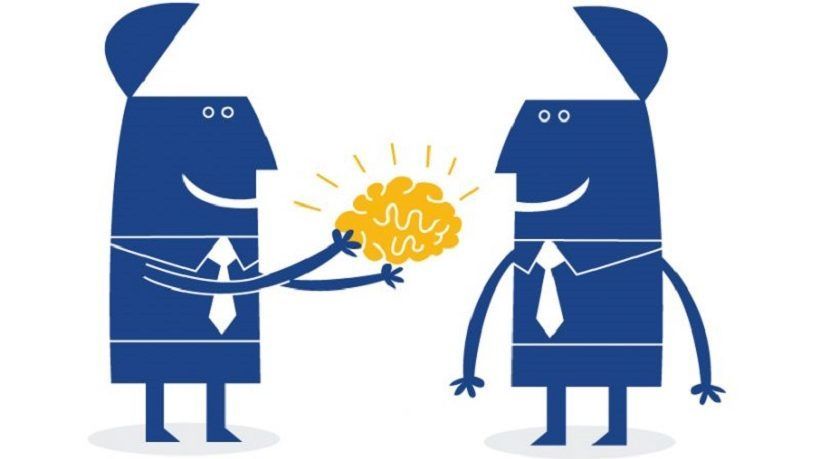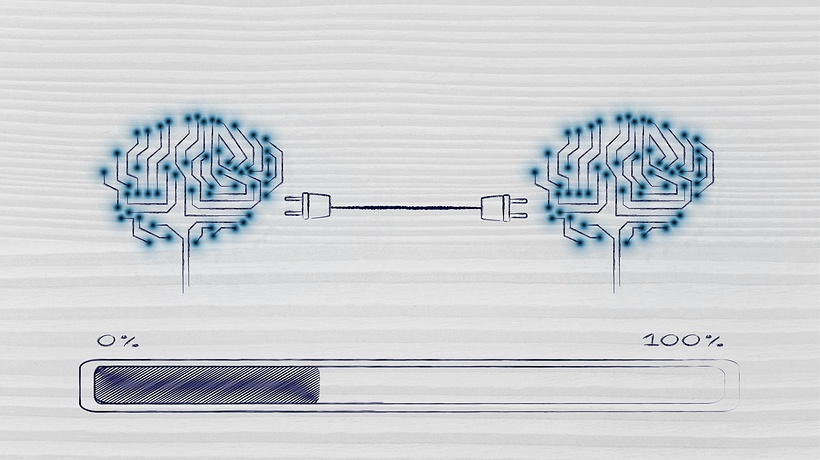How To Improve Knowledge Transfer In eLearning
Knowledge is power, while knowledge transfer is empowerment. There is nothing better in this world than empowering the humankind. Today, eLearning is playing a critical role in imparting knowledge to people on a large scale. It has democratized the access to education for the masses across the world. The traditional pedagogy had the advantage of physical proximity and direct interaction between instructor and learners that improved the efficiency of knowledge transfer process, which is not the case with eLearning. However, the eLearning methodology can match or even better the process of knowledge sharing and transfer by taking following factors into account while designing the course. Here are 5 tips to improve knowledge transfer in online learning courses.
1. Step-By-Step Learning And Bite Sized Sections
Divide the entire course into small sections based on related concepts or difficulty levels. The traditional courses are divided into several chapters. While this is the simplest method of developing a course that can resonate with a broad range of audiences, it doesn't reflect the real life complications.
eLearning courses can solve this challenge by introducing chapters based on real life applications, not just those that are related to theories. After completing a chapter or section, the students should feel more confident in advancing to the next level. The step by step learning is necessary for an audience who may be far away from the instructors. It not only simplifies the learning process, but also helps students develop a coherent approach to solving complex problems.
2. Reverse Engineering: Connect Real Life Challenges To Teaching Theories
The end objective of learning is to apply the knowledge to solve real world problems. So, the knowledge transfer should also develop wisdom in the intended audience. There is no use of knowledge without wisdom.
A theory is the system of ideas that is used to explain something in a logical way. However, most of the academic or training courses tend to dive so deep into the theoretical concepts, that they forget the practical relevance of the theories.
An eLearning curriculum should get rid of this traditional approach to teaching. Rather, to improve knowledge transfer, the curriculum should be designed to teach the practical applications of various theories. Of course, for this method to work, the students need to learn the principles as well.
3. Community Learning
Peer learning is one the most important aspects of our school or college life. Our family, friends, and classmates play a critical role in shaping our learning, attitudes, and behavior. The eLearning courses should put significant emphasis on community participation. Participation in forum discussions, group assignments, etc. should be a mandatory part of the curriculum. Also, the students should get an opportunity to collaborate and engage with each other to think out of the box solutions for common problems.
4. Practice Makes A Man Perfect
Any learning module can’t be complete without practice questions. An 80/20 principle should be applied when it comes to learning new concepts. A student should invest 20% of the time in learning and understanding theories, and remaining time in practicing related questions. The practice modules should encompass a different format of questions like multiple choice, fill in the blanks, and short and long answer type questions that encourage critical thinking.
Also, people has a natural tendency to forget 80% of what they learn in the next 24-48 hours. The eLearning courses should include practice sessions in a way that requires the application of previously learned theories. There should be weekly, fortnightly, and monthly revision sessions that include a review of the courses learned a few weeks back.
5. Assessment, Self-Evaluation, And Feedback
Be it eLearning or classroom training, assessment, self-evaluation, and feedback are the strongest pillar in learning and development of individuals. The eLearning methodology has technological advantage on its size and can provide elaborate analysis and feedback of individual learning.
The time-bound regular assessments should be able to gauge the cross-functional knowledge of people. The assessment should also provide a detailed analysis of what a person needs to do to accomplish their learning goals.
Self-evaluation and self-analysis are the best way to make participants realize their shortcomings and strengths. It also motivates people to take corrective measures to get maximum out of the training program.
Providing customized feedback to individual participants will expedite the learning process. Fortunately, technology can help the course providers to a great extent in automating the personalized feedback to each and every student. Integrate this feature to improve the effectiveness of your eLearning course.
Conclusion
Knowledge transfer is the primary objective of any eLearning course. The instructors should design a mechanism that assesses whether the course was able to meet its intended goals. The feedback from beneficiaries is required to improve knowledge transfer in the course.
Today, every field is witnessing a rapid change in technology, business dynamics, etc. The content of modules must include the current affairs and recent changes in the desired areas. It boosts the confidence of learners significantly. The service providers should remember that continuous improvements in the pedagogy are the only way to survive and thrive in the intensely competitive eLearning space.








